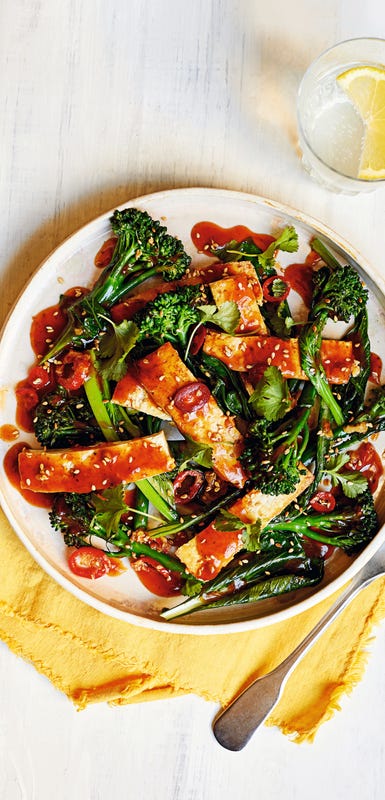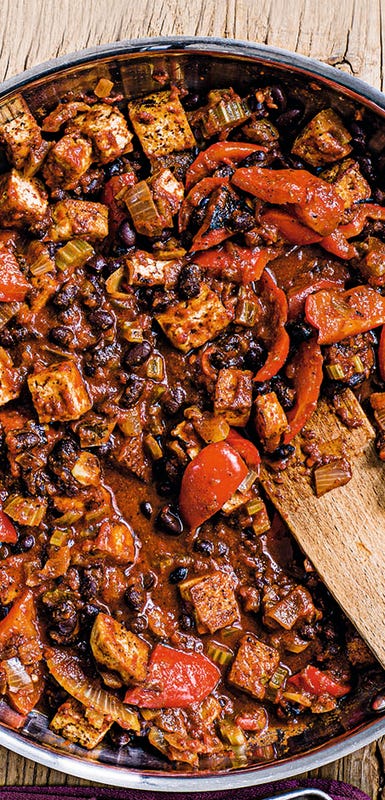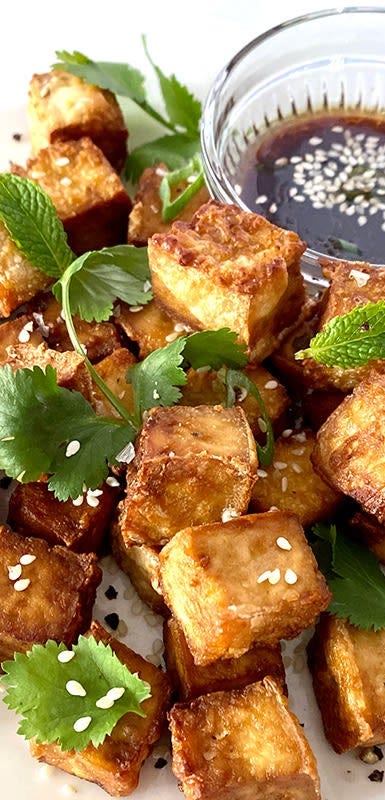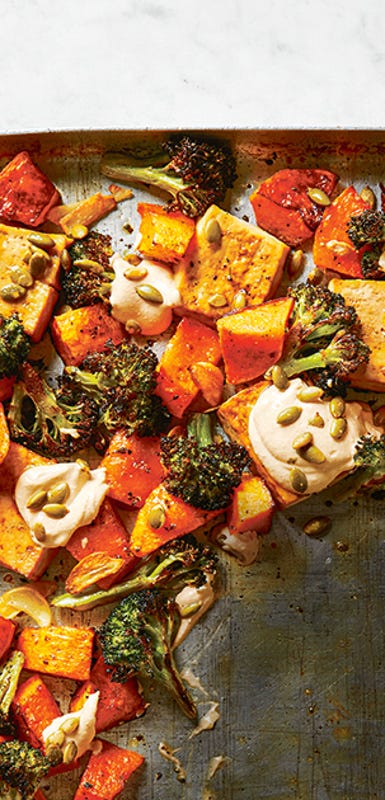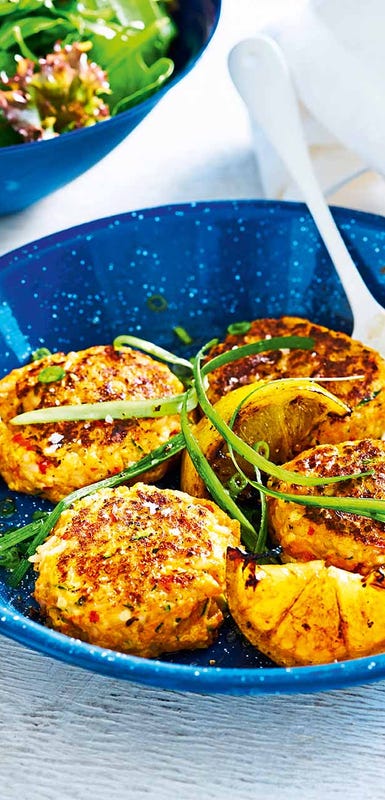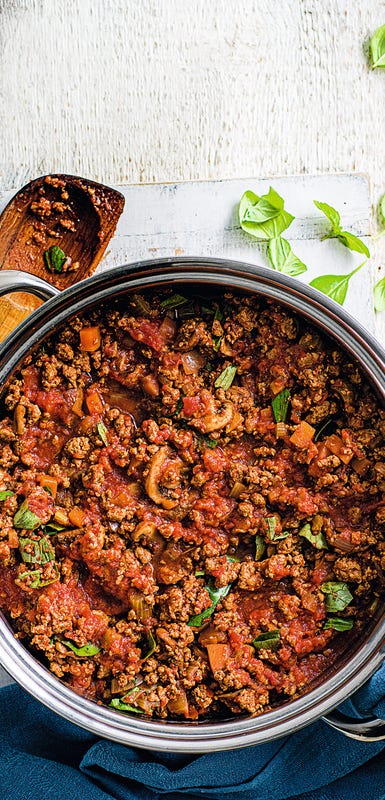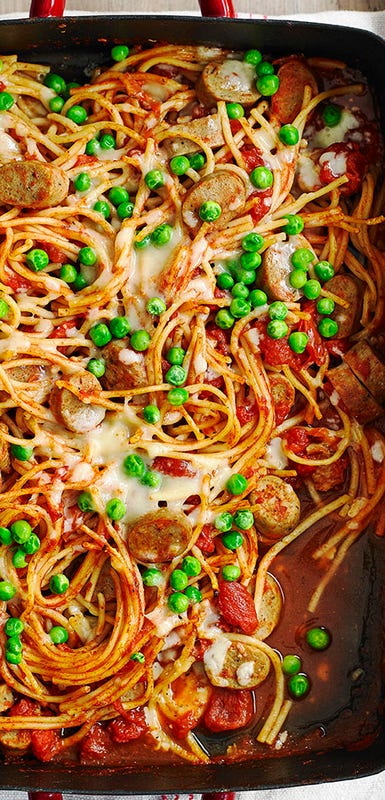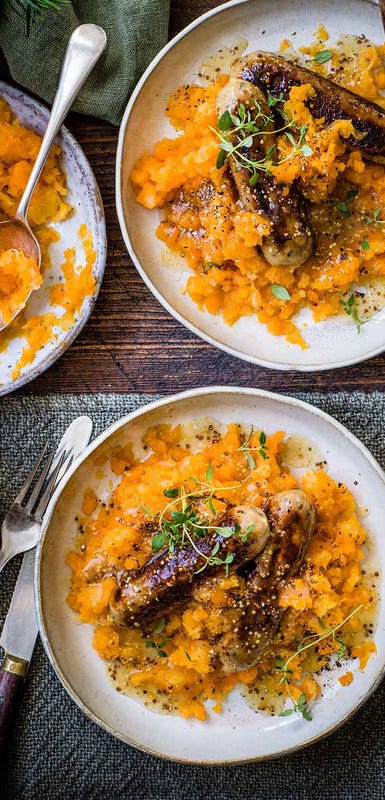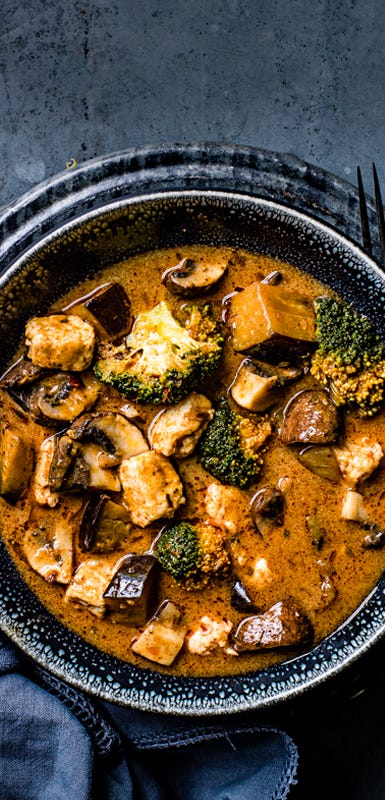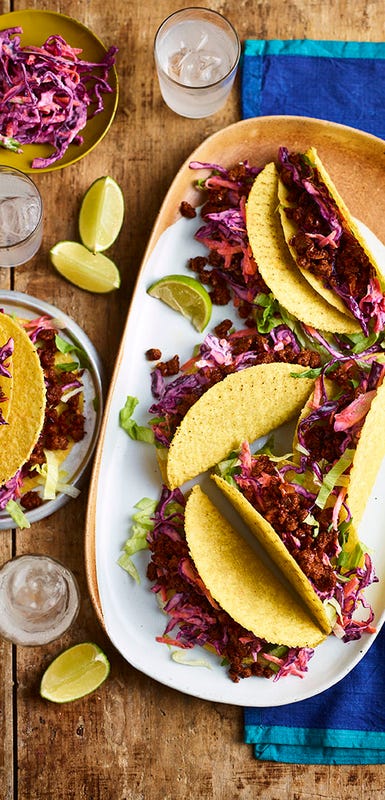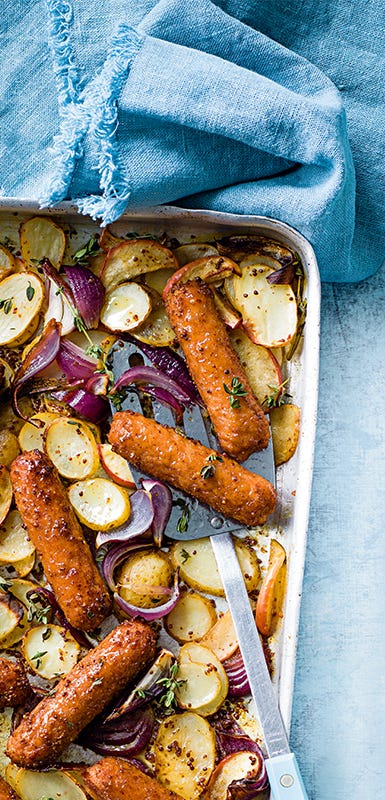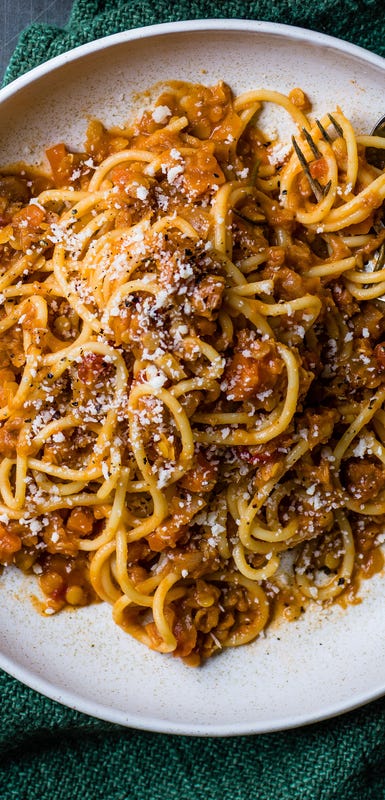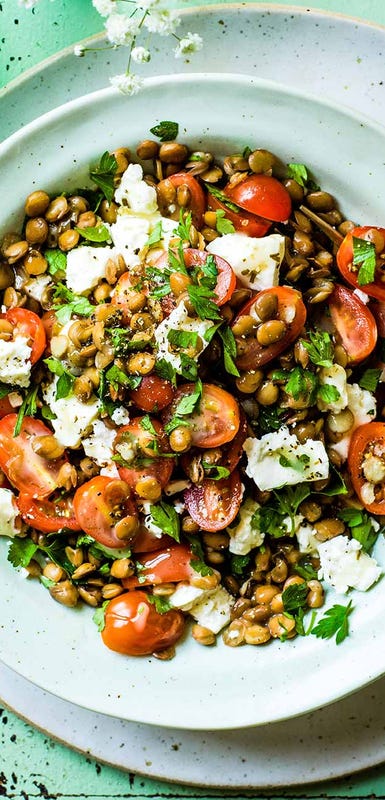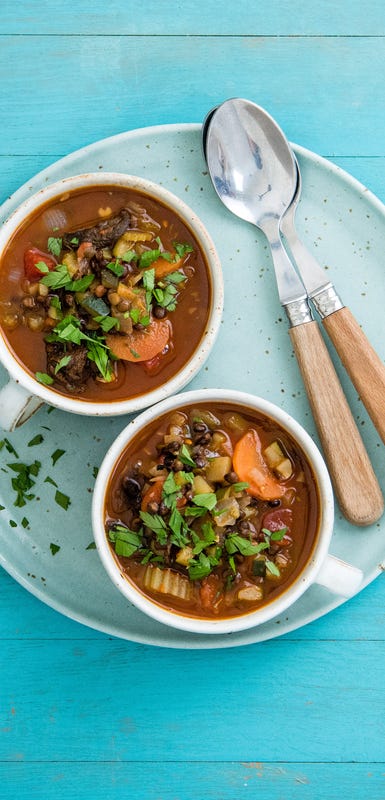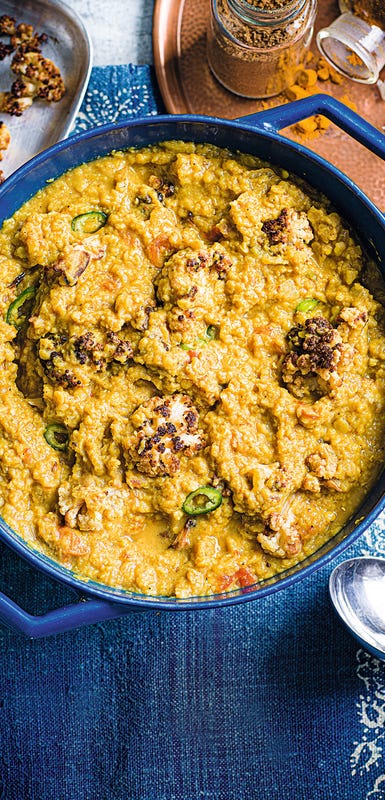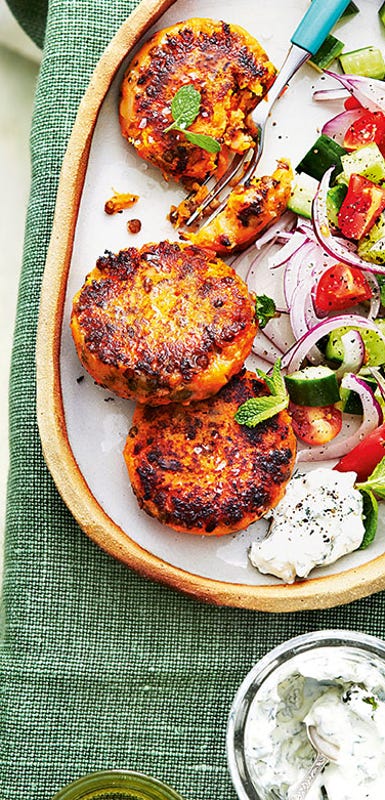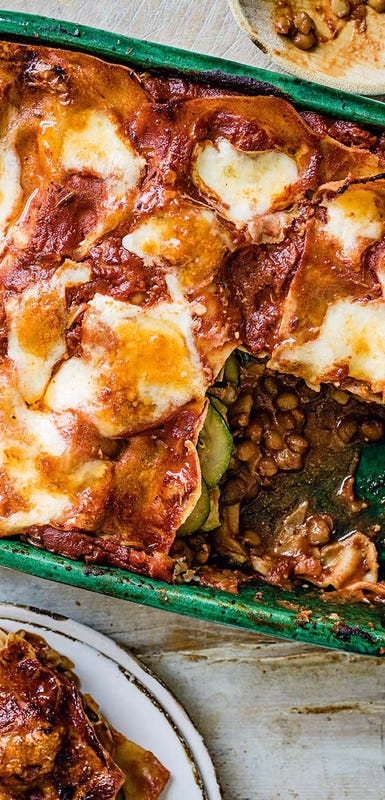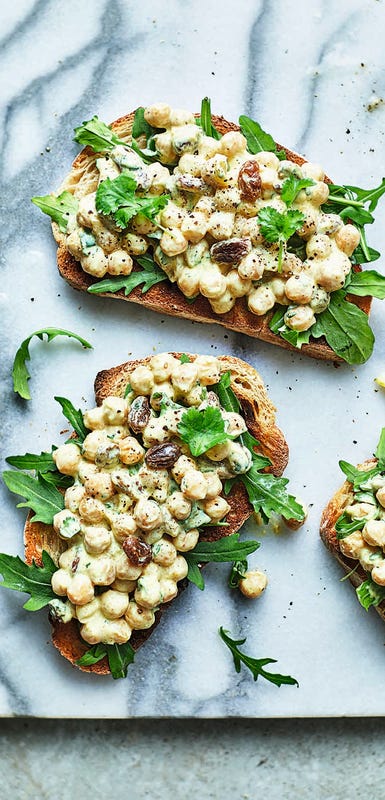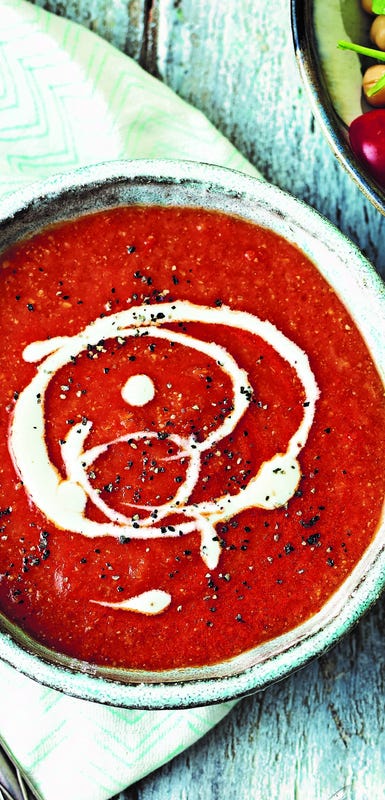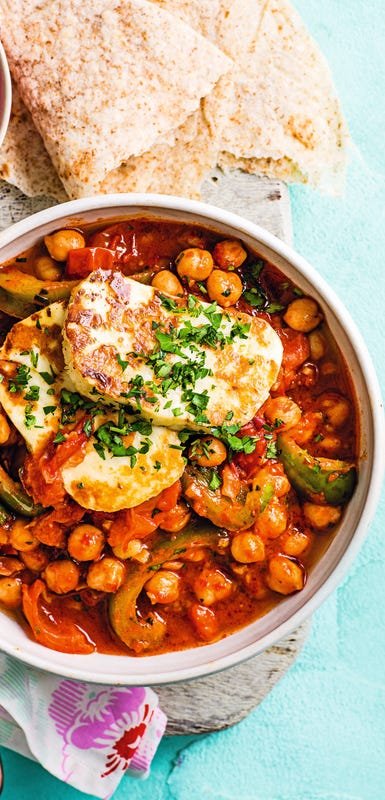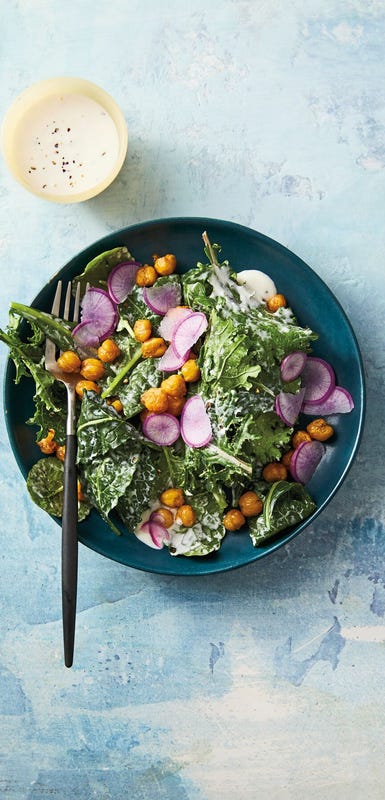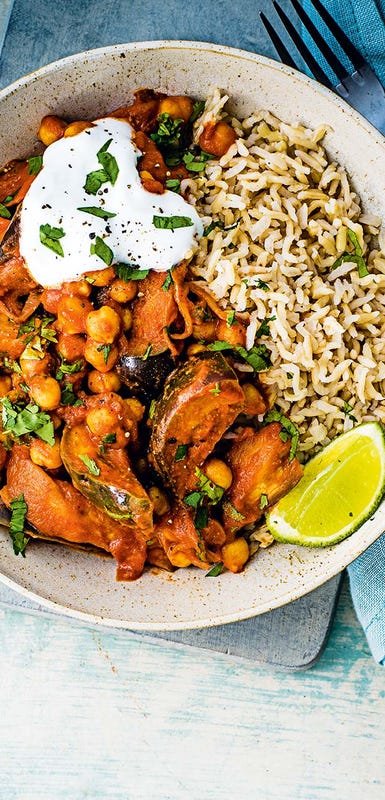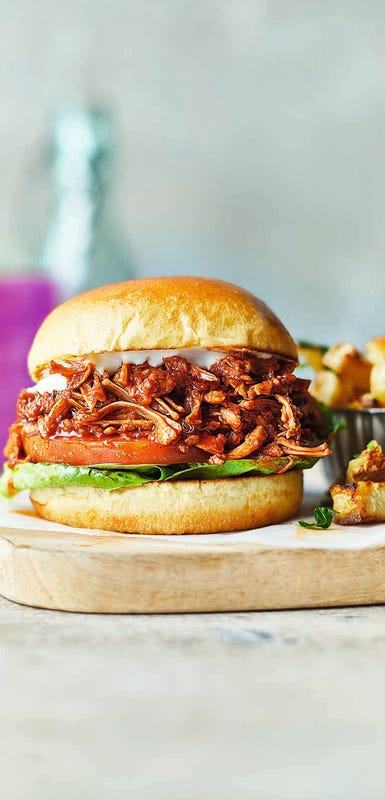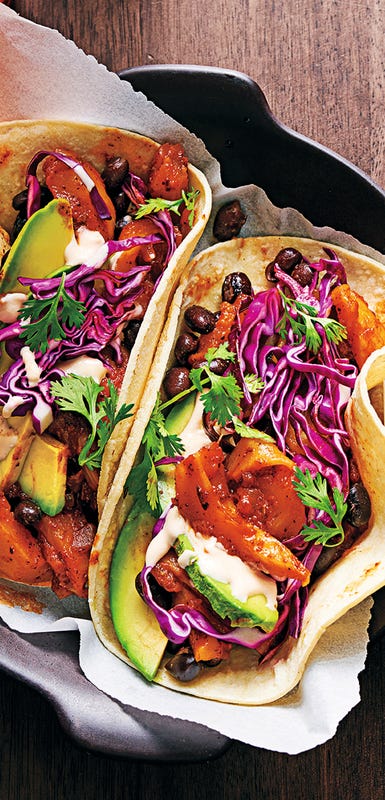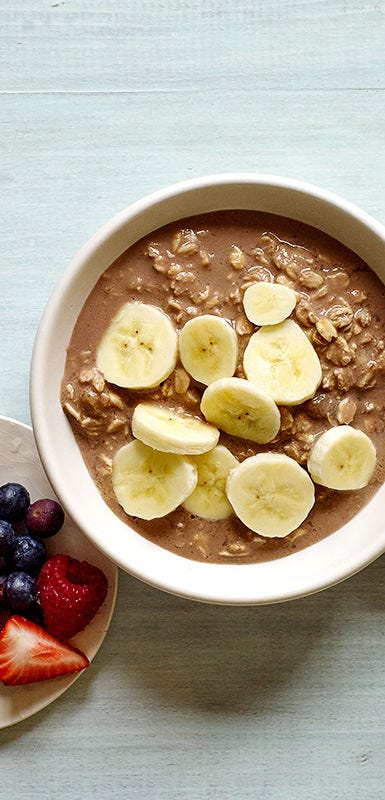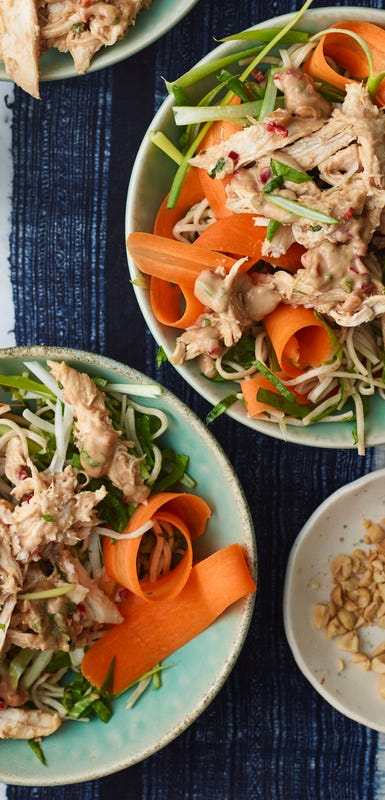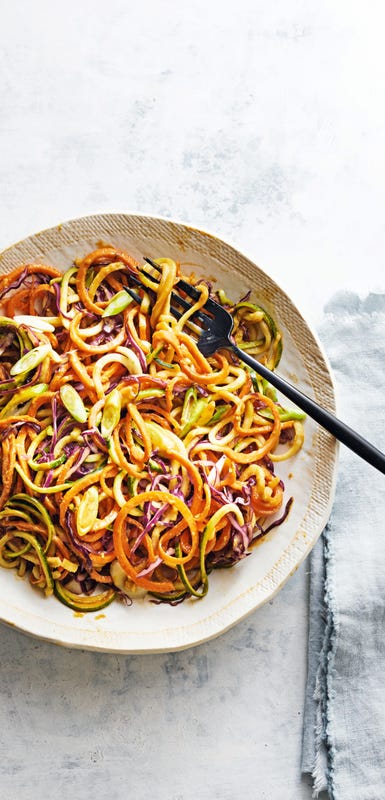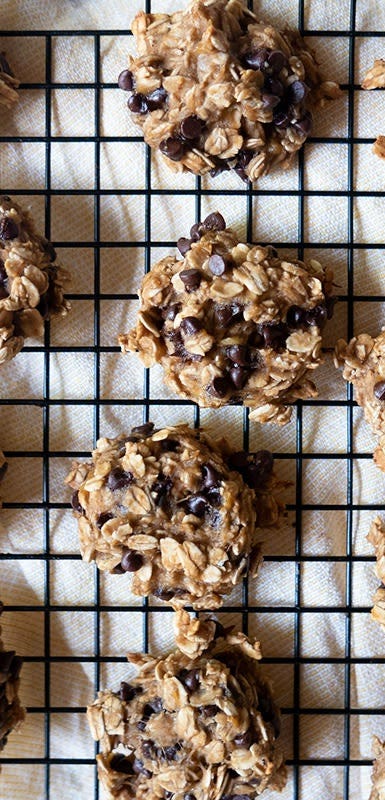How to get your protein from plants
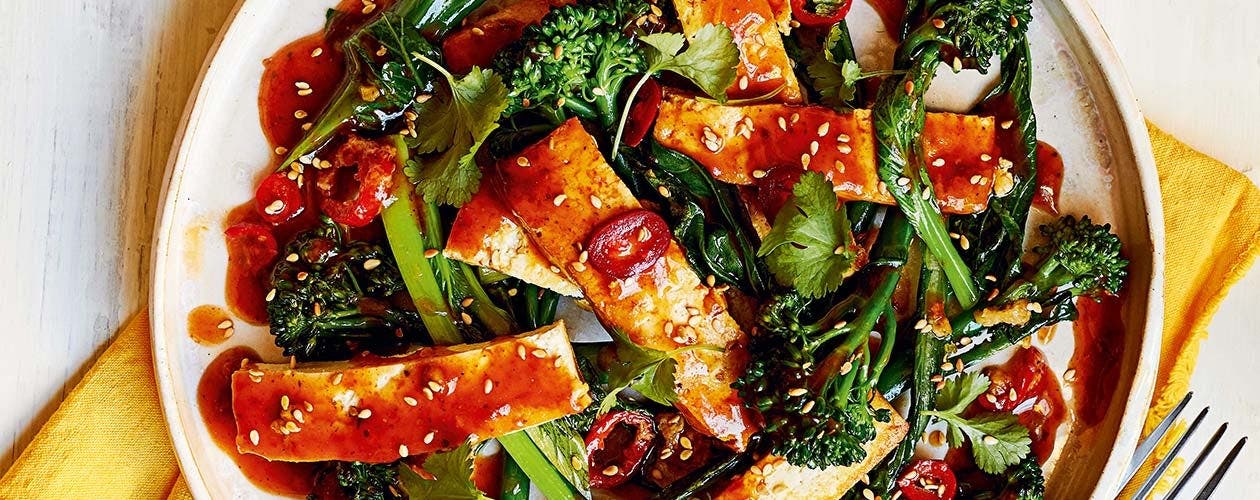
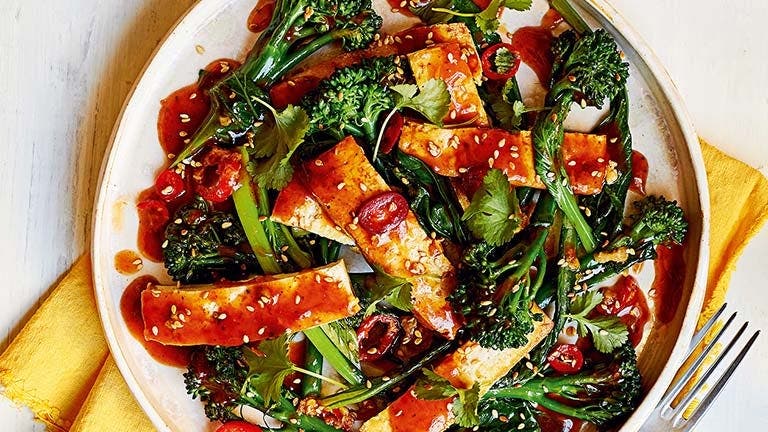
If you’re looking to try a more plant-based diet (one that scales back on animal-based foods) you may be wondering how you’re going to eat enough protein.
Rest assured: you don’t need to scarf down burgers to avoid missing out on this key nutrient. Eating a variety of plant-based sources can help you get all the protein you need.
Meat, eggs, and dairy are rightfully known for being high in the macronutrient, but they aren’t the only sources. For comparison, a 120g portion of lean (10% beef mince) contains 29g of protein, while 120g of cooked and shelled edamame packs 16 g of protein.
What’s more, using plant-based sources of protein can be a delicious way to make your meals more varied and interesting. Read on for how to use them in place of meat, and for a collection of protein-rich, plant-based recipes to get you started.
Top plant-based protein sources
Get ready to diversify your menu with these all-star plant proteins, plus recipes for tasty meals and snacks!
Tofu
Tofu sometimes gets a bad rap for being bland, but its mild taste actually places it among the most versatile sources of lean, plant-based protein. Tofu can be cooked in many different ways and readily takes on the flavour of whatever seasonings you throw its way. As well as being high in protein, it's also low in saturated fat and high in polyunsaturated fats.
The key to working with tofu is to nail the type. Buy firm or extra-firm tofu for stir-fries, kebabs, and other recipes where you want to slice it into cubes. Firm tofu will keep its shape. Silken tofu, on the other hand, has a soft, custard-like texture that makes it a good swap for mayo or cream in dips, sauces, soups, and deli-style salad recipes.
Plant-based meat
Plant-based meats are made to look, cook, and taste like the real deal. Protein amounts vary by product, but in general you can expect to get 11–20 g per serving thanks to ingredients derived from peas, mung beans, fava beans, and brown rice. Plant-based meats can also be a source of dietary fibre, which you won’t find in animal meat.
“These products are great ways occasionally to switch things up as part of an overall shift to more wholesome plant-based foods. Head to the meat or frozen section of the supermarket and you’ll find plant-based meat in familiar forms such as burgers, sausages etc.
One point to keep in mind: compared with animal meat, some types of plant-based meat products may be pre-seasoned, flavoured, and/or made with additional oil, which can increase levels of salt and saturated fat. Check nutrition labels carefully to ensure you’re buying a product that’s aligned with your specific health goals and cooking needs.
Lentils
Kicking off the list of pulses - the dry, edible seed of beans, lentils, chickpeas and peas - are lentils. As a group, pulses are packed with protein, filled with fibre, and rich in minerals and B vitamins. Texture and flavour vary slightly between specific types (brown, green, red and French), but they’re all tasty!
Some lentil fans like to prep a big batch at the start of the week, then add the lentils to salads, grain bowls, and more in the days that follow. Lentils are a popular swap for minced beef, because their small rounded shapes mimic the texture of crumbled beef. You can also use cooked lentils to thicken soups and stews.
Chickpeas
Part of the legume family, chickpeas have a mild flavour and firm texture that invites home cooks to get creative with seasonings and cooking styles. You might try roasting chickpeas for a crunchy snack, or blending them for a creamy houmous, experimenting with spicy or savoury add-ins.
Want to up the plant profile of traditional baked desserts? Next time you drain a can of chickpeas, save the canning liquid, also known as aquafaba. The liquid can be used as a replacement for egg whites (2 tbsp of aquafaba = one egg white).
Jackfruit
Grown in tropical climates and regarded as the largest edible fruit in the world, jackfruit can reach up to around 50kg in weight! That’s why whole versions of this jumbo fig cousin are a relative rarity. You’re much more likely to find jackfruit in tinned form, preserved before its sweet peak of ripeness for use in savoury dishes.
Jackfruit doesn’t contain as much protein as the other foods in this guide, but its unique pull-apart texture makes it a popular substitute for pulled pork. All the fruit needs is a few minutes of cooking time to absorb whatever flavours you’re using (think barbecue sauce or pork seasoning). Try tinned jackfruit in taco recipes, pulled pork sandwiches, and more. You’ll also get a dose of fibre, potassium, and vitamin C with your meal!
Peanuts and peanut butter
Whether toasted and chopped or ground to a creamy paste, peanuts are delicious in sauces, dips, spreads, sandwiches...we could go on. In truth, they’re not nuts but legumes. Peanuts are slightly higher in protein than nuts like almonds, cashews, walnuts and pistachios.
When you’re shopping for peanut butter, look for a brand which is just peanuts and doesn't include any other ingredients. Powdered versions are an option, too: they’re lower in calories from fat, but have up to 5 g of protein per 2 tbsp serving.

